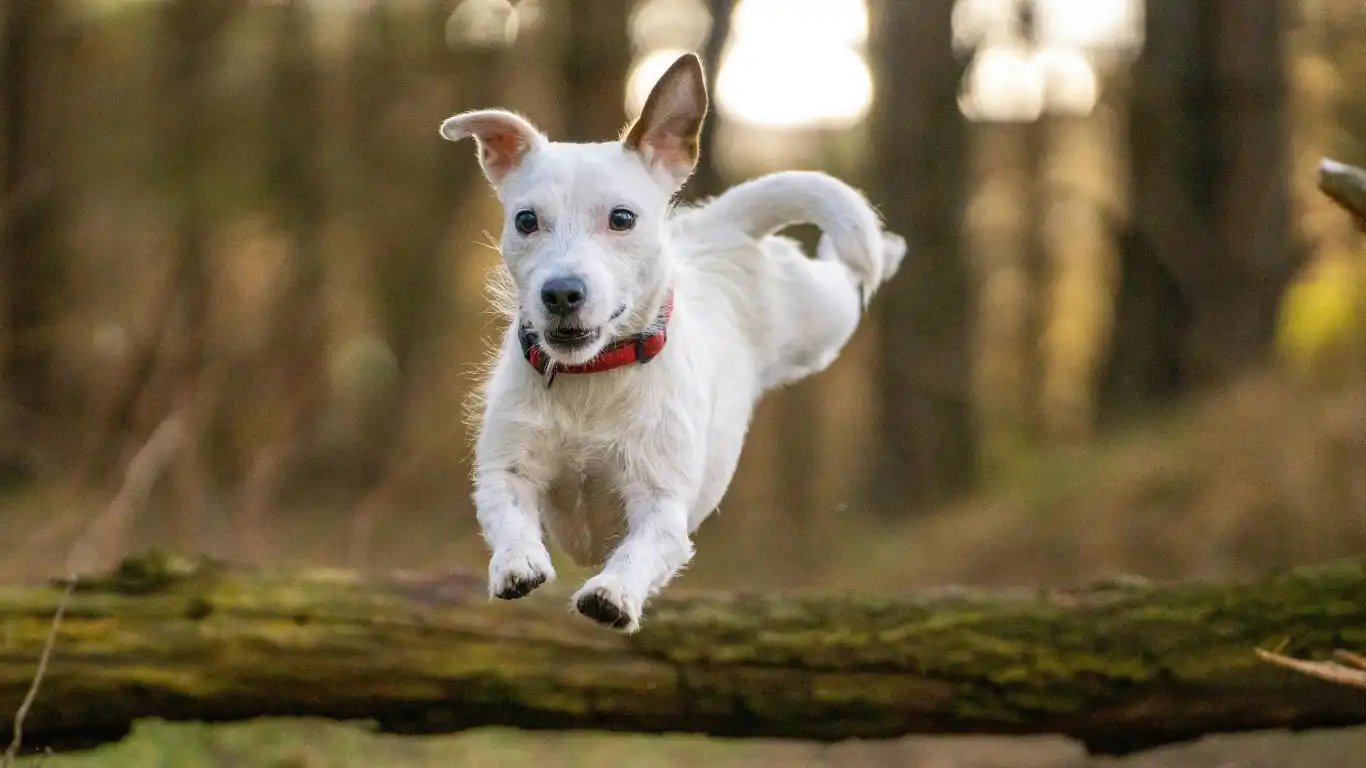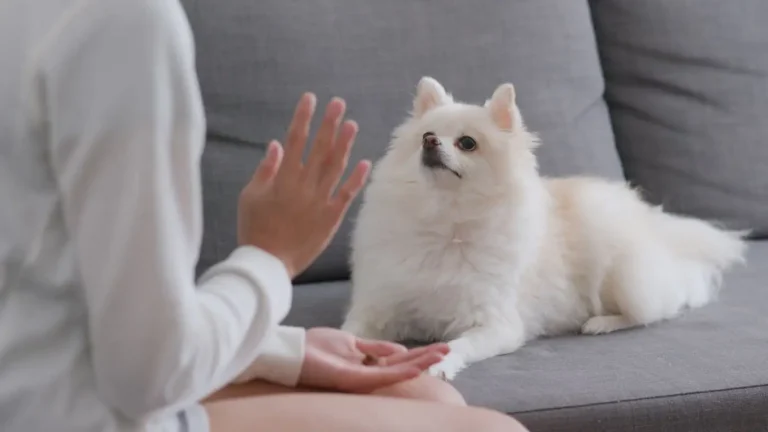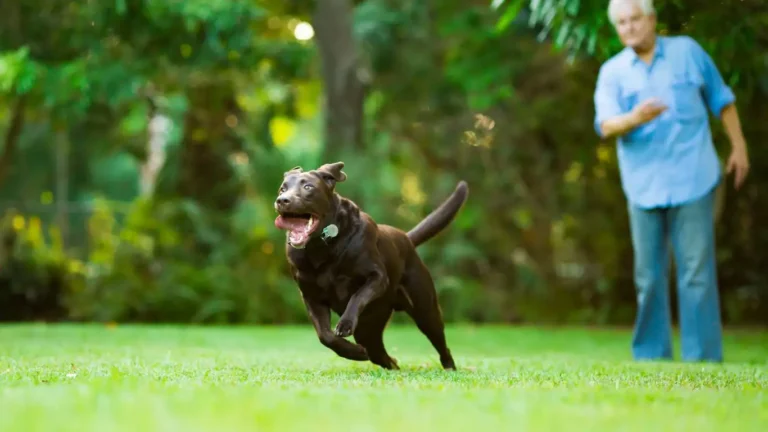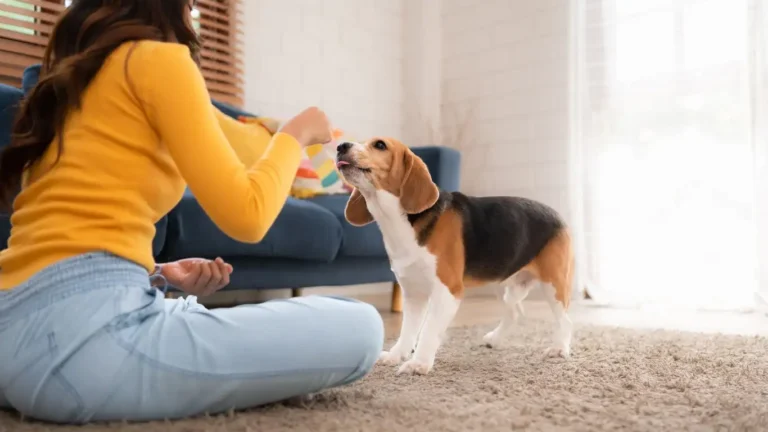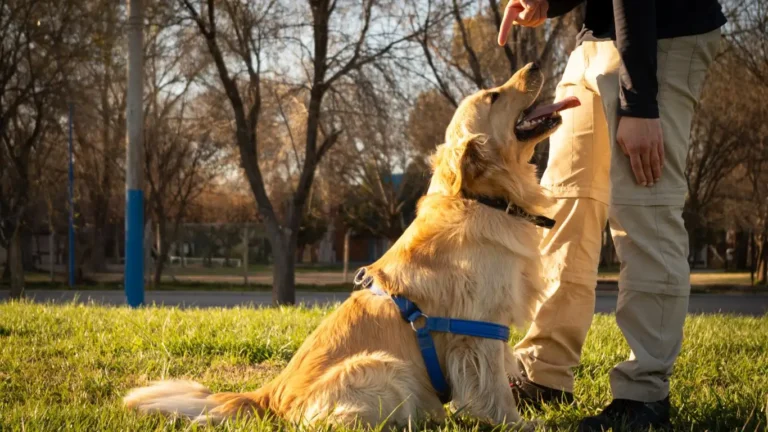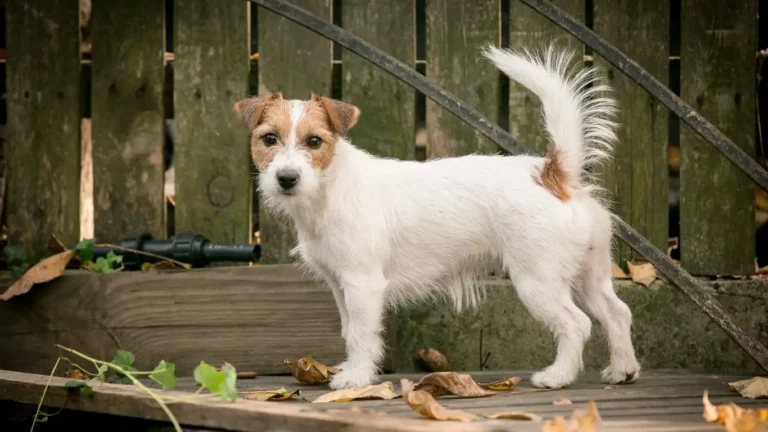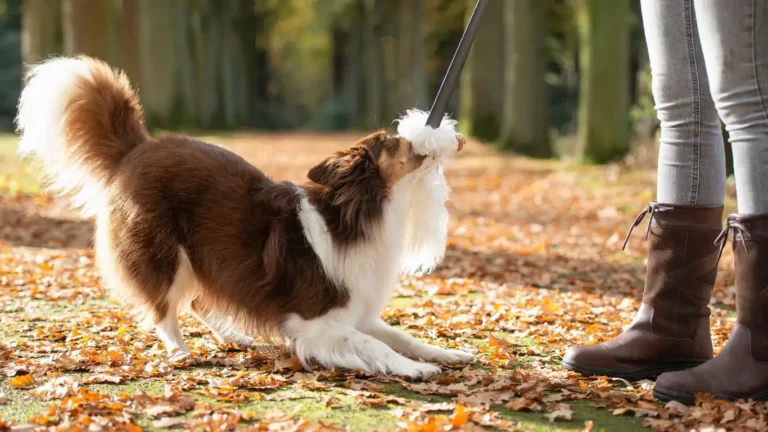How to Use Positive Reinforcement to Train Your Dog Effectively and Kindly
When it comes to teaching your furry friend new tricks or manners, one of the most effective and kind ways to do it is through positive reinforcement. If you’ve ever wondered how to use positive reinforcement to train your dog, you’re in the right place. Over the years, working as a Veterinary Technician with a special focus on nutrition, I’ve seen firsthand how rewarding training can strengthen the bond between pets and their humans—and how it truly changes behavior for the better without stress or fear.
Positive reinforcement is all about encouraging good behavior by rewarding your dog, rather than punishing the bad. It’s not just a buzzword in dog training circles; it’s a scientifically backed method that taps into your dog’s natural desire to please and learn. From simple commands like “sit” and “stay” to more complex behaviors, this approach makes training fun and effective.
Why Positive Reinforcement Works Better Than Other Training Methods
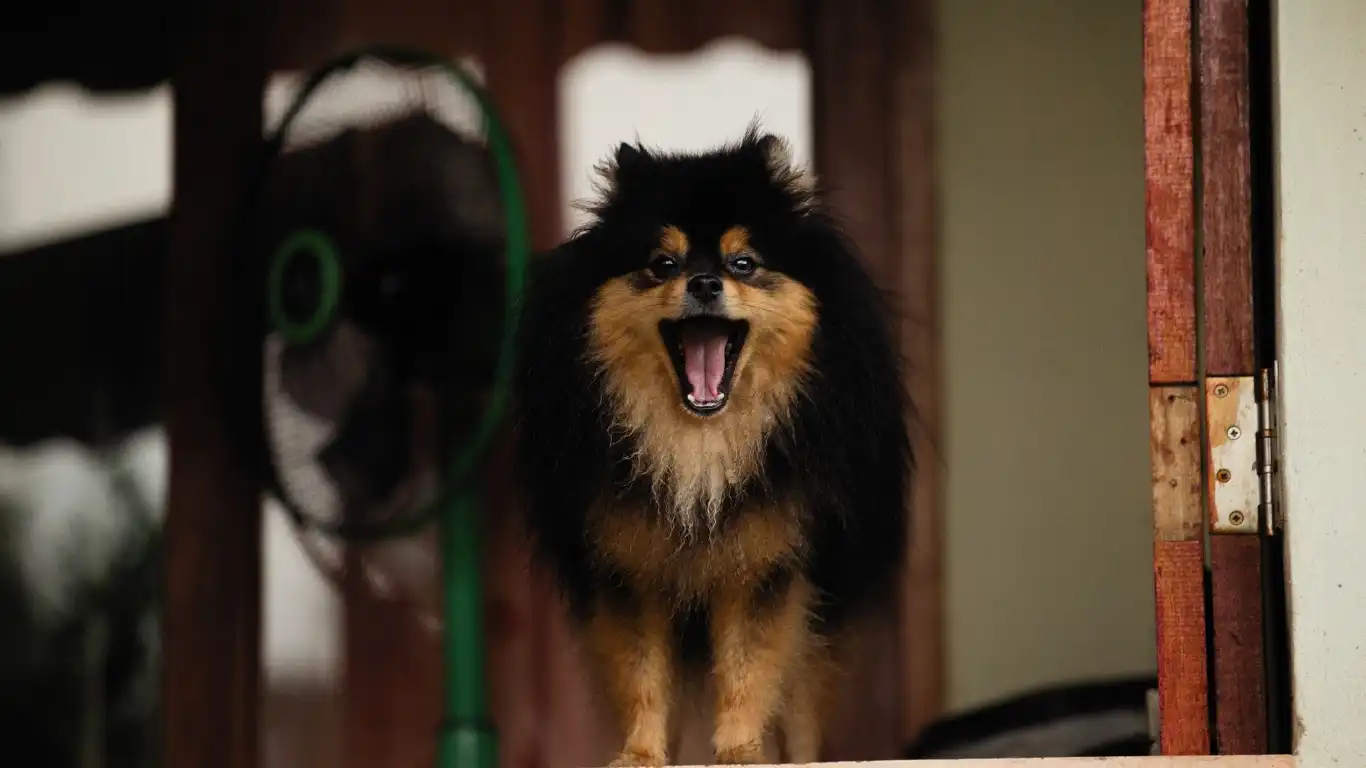
One of the biggest reasons I recommend positive reinforcement is because it respects your dog’s emotional well-being. Unlike punishment-based methods, which can lead to fear, anxiety, or even aggression, positive reinforcement builds confidence. When a dog understands that good behavior equals something enjoyable—like treats, toys, or praise—they’re naturally motivated to repeat those actions.
During my years in the clinic, I’ve encountered many anxious dogs whose owners struggled with training. Switching to positive reinforcement not only made the sessions smoother but actually helped those dogs become happier and more engaged. It’s like giving your dog a roadmap to success rather than a list of what not to do.
The Science Behind Positive Reinforcement
At its core, positive reinforcement is a type of operant conditioning, a learning process studied extensively by behavioral psychologists. When a dog performs a desired behavior and immediately receives a reward, their brain links the behavior to something positive. Over time, this strengthens the behavior, making it more likely your dog will repeat it.
Think of it as training your dog’s brain to associate actions with rewards, kind of like how we humans learn from incentives. Whether it’s a tasty treat, a quick game, or affectionate petting, these rewards act as motivators.
Getting Started: How to Use Positive Reinforcement to Train Your Dog
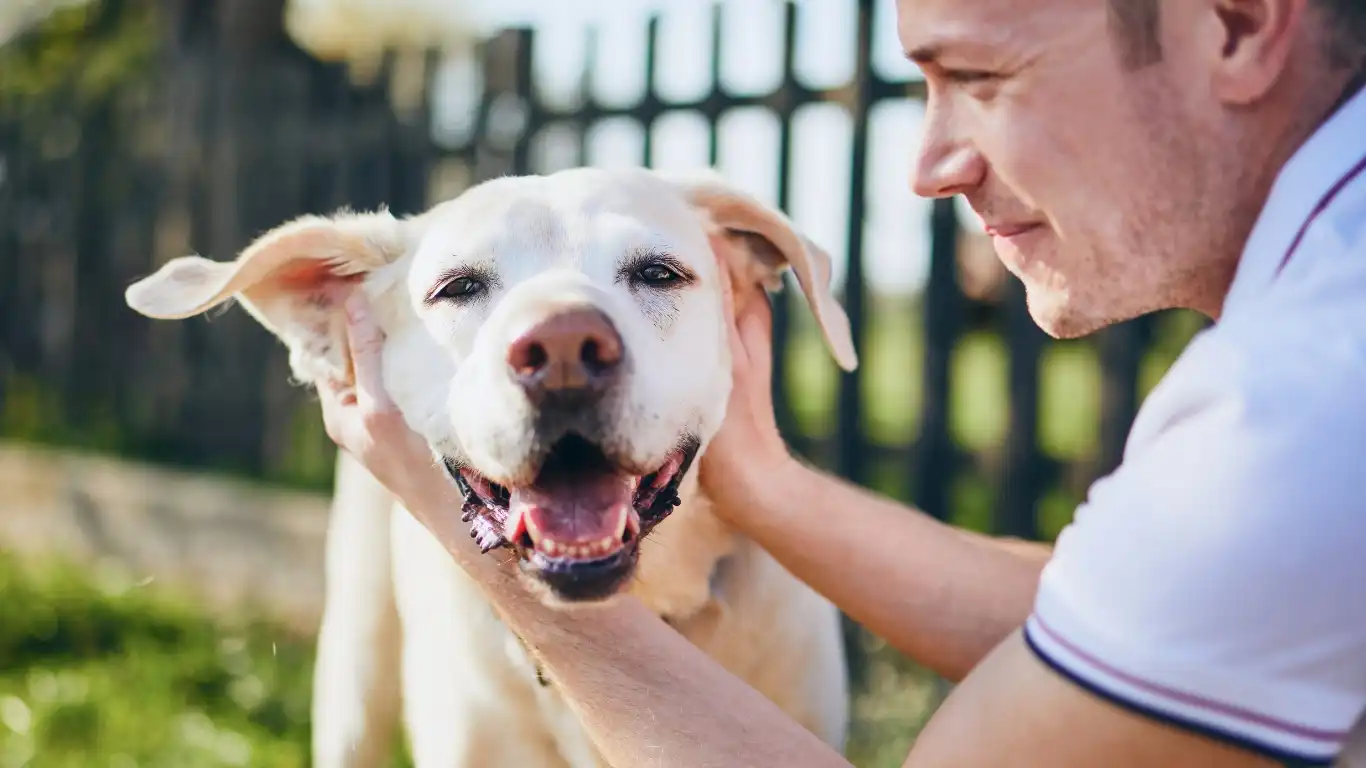
Now, let’s get practical. Here’s a simple framework I often share with pet parents who want to try this method at home:
- Identify the behavior you want to encourage. It could be anything from sitting politely at the door to walking calmly on a leash.
- Choose the right reward. Some dogs go crazy for treats, while others prefer playtime or verbal praise. Notice what really lights up your dog’s eyes.
- Timing is everything. The reward has to come immediately after the behavior so your dog can make the connection. If you wait too long, the meaning gets lost.
- Keep training sessions short and consistent. Dogs learn best in frequent, short bursts rather than long, exhausting sessions.
- Be patient and celebrate small wins. Progress takes time, especially with puppies or anxious dogs.
Tips From My Experience to Maximize Success
- Use high-value treats especially when introducing new behaviors. Think of treats your dog doesn’t get every day—small bits of chicken, cheese, or special dog biscuits.
- Pair treats with verbal praise like a cheerful “Good job!” or “Yes!” to create a positive emotional environment.
- Observe your dog’s body language—if they seem overwhelmed or distracted, it’s okay to take a break and try again later.
- Gradually phase out treats once the behavior becomes reliable, switching to more verbal praise or petting to maintain the habit.
Common Challenges When Using Positive Reinforcement and How to Overcome Them
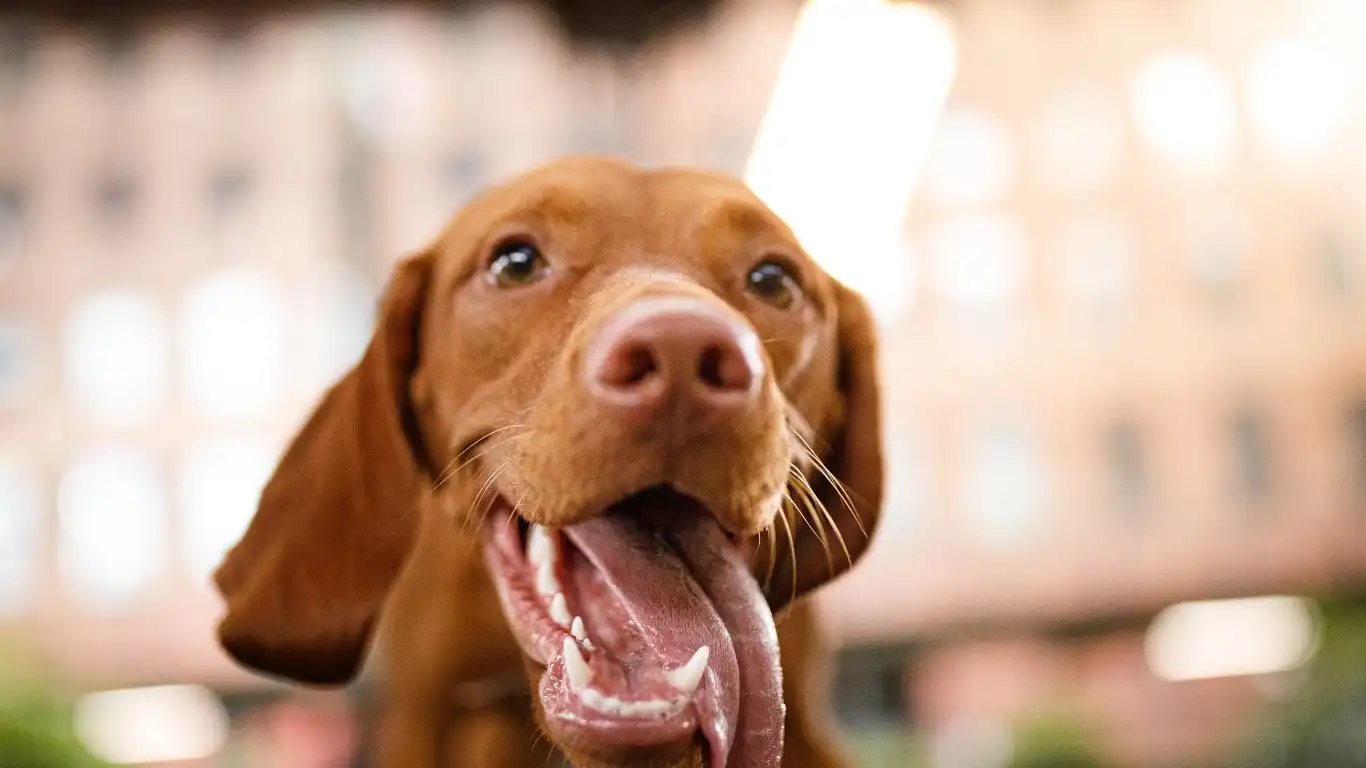
Even though positive reinforcement is a fantastic way to train your dog, it’s not always smooth sailing right out of the gate. I’ve worked with tons of pet parents who get frustrated when their pups don’t “get it” immediately, or when certain behaviors seem stubborn. Trust me, you’re not alone! The good news is, most of these challenges have simple solutions once you know what to look for.
Distractions and Lack of Focus
One of the biggest hurdles is keeping your dog’s attention, especially if you’re training in a busy park or a noisy household. Dogs are naturally curious creatures, and their noses or the environment often win over your commands. I’ve seen dogs completely ignore treats when a squirrel is calling their name from a tree nearby!
Here’s what I usually recommend:
- Start training in a quiet, low-distraction environment. Your living room or backyard can be perfect to begin.
- Gradually increase distractions. Once your dog masters the behavior at home, slowly practice in places with more stimuli, like a quiet park, then busier spots.
- Use the highest value treats or rewards. When distractions are strong, you’ll need something extra tempting to compete.
Inconsistent Training
This is a biggie and one I can’t stress enough. Consistency is the secret sauce to successful dog training with positive reinforcement. When family members or different people give mixed signals, it confuses the dog and slows down progress.
From my clinical experience, I always advise dog parents to:
- Agree on the same commands and cues. Whether it’s “sit” or “stay,” everyone should use the exact same word and tone.
- Follow through every time. If you reward a behavior once but ignore it the next time, your dog won’t know which is the right answer.
- Make training a daily habit. Even 5-10 minutes a day is better than a long session once a week.
How to Use Positive Reinforcement to Train Your Dog Beyond Basic Commands
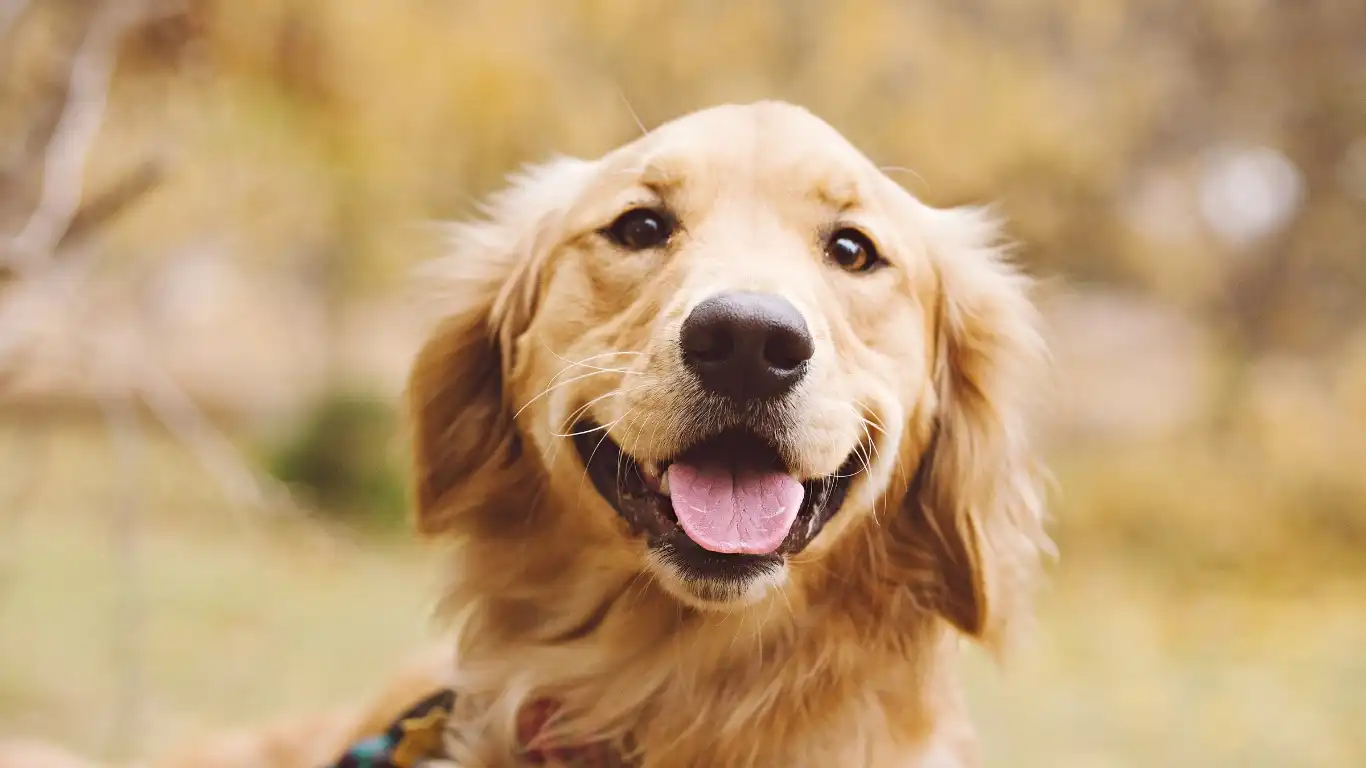
Once your dog is confidently responding to basics like sit, stay, and come, positive reinforcement opens up a whole world of possibilities. From teaching polite leash walking to socialization skills and even fun tricks, the same principles apply—and I promise, it’s just as rewarding for you as it is for your pup.
Polite Leash Walking Without Pulling
Leash pulling is one of the most common frustrations for dog owners. I’ve worked with many clients who feel embarrassed or exhausted by their dog dragging them down the street. Using positive reinforcement to teach polite walking can be a game-changer.
Here’s a simple approach that I’ve seen work repeatedly:
- Start indoors or in a fenced yard where there are minimal distractions.
- Hold treats in your hand and reward your dog for walking calmly by your side.
- When your dog starts pulling, stop walking immediately. Wait until they come back to your side or the leash slackens.
- Reward the moment they return to the correct position and resume walking.
- Be patient. Over time, your dog will learn that pulling stops the fun, but walking nicely earns treats and praise.
Socialization and Positive Reinforcement
From my observations as a vet tech, dogs who are well-socialized tend to have less anxiety and fewer behavioral issues. Positive reinforcement plays a crucial role in helping your dog enjoy meeting new people and other dogs.
For shy or nervous pups, here’s what I recommend:
- Reward calm behavior around new experiences. If your dog stays relaxed when meeting a new dog or person, treat that good behavior immediately.
- Keep encounters short and positive. Avoid overwhelming your dog; end the interaction on a good note.
- Pair new situations with your dog’s favorite treats or toys. This builds a positive association that makes socializing easier over time.
Using Technology and Tools to Support Positive Reinforcement
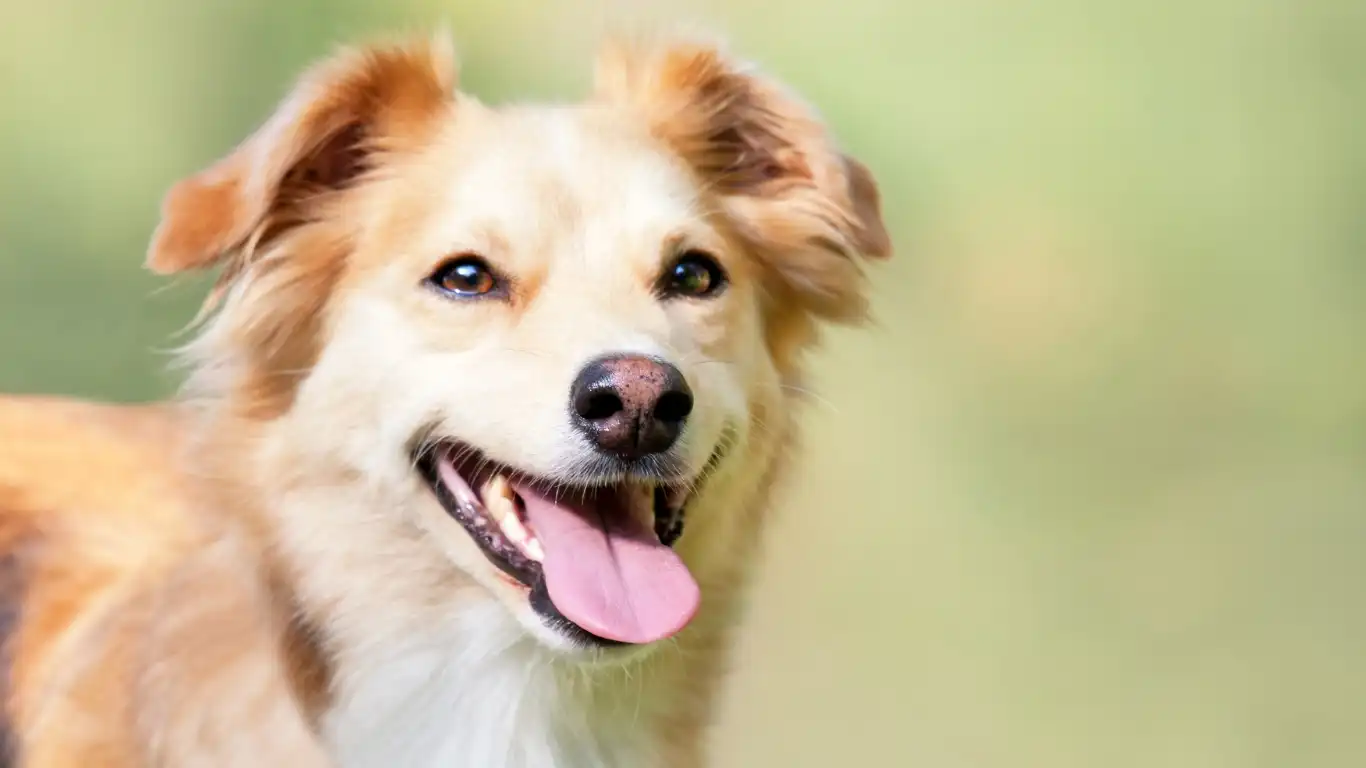
In recent years, I’ve noticed more dog owners embracing training tools that complement positive reinforcement, like clickers or treat-dispensing toys. These tools can help make timing the reward even more precise, which is key to solidifying new behaviors.
Clicker training, for example, uses a small device that makes a distinct “click” sound the moment your dog performs the right behavior. This sound acts as a marker, letting your dog know exactly what earned the treat that follows. I’ve personally used clickers in the clinic with excellent results, especially for dogs that needed clear signals.
Additionally, interactive toys that reward your dog with treats when they solve puzzles can be a fun way to engage their minds and reinforce good behavior in a low-pressure setting. It’s all about making learning enjoyable and rewarding.
Maintaining and Building on Your Dog’s Training Success
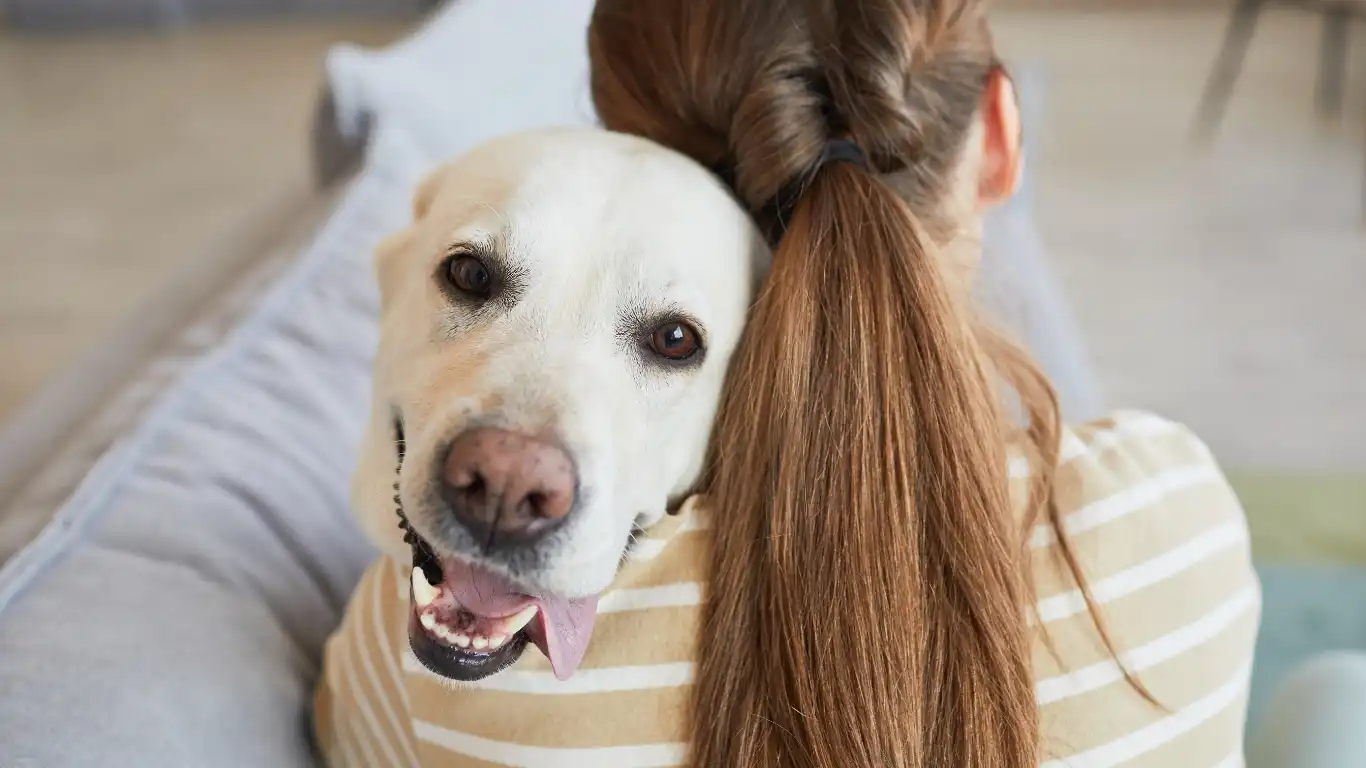
After you’ve nailed the basics and even tackled some advanced skills with positive reinforcement, the next step is maintenance. Honestly, this is where many pet parents drop the ball—training isn’t a one-and-done deal. It’s an ongoing process that evolves with your dog’s needs, age, and environment.
From my years as a Veterinary Technician specializing in nutrition and behavior, I’ve noticed a strong link between consistent reinforcement and long-term success. Dogs thrive on routine and clear expectations, so keeping up with positive reinforcement helps prevent slipping back into old habits.
Why You Should Never Stop Reinforcing Good Behavior
Think about it this way: if your dog suddenly stops getting praise or treats for good manners, it’s easy for them to forget or lose motivation. Just like people, dogs respond well to recognition. Continuing to reward good behavior keeps their brains engaged and eager to please.
Here’s a simple approach I recommend:
- Keep treats handy for occasional rewards, even after your dog masters a behavior.
- Mix up rewards between treats, toys, and affection to keep things exciting.
- Practice commands daily but keep sessions short and fun to avoid burnout.
- Use verbal praise generously—a happy “Good boy!” or “Well done!” goes a long way.
Adapting Positive Reinforcement for Different Life Stages
As your dog ages, their motivations and energy levels might change, so it’s important to adapt your training style. For example, senior dogs may respond better to gentle petting or soft verbal praise rather than energetic play or high-value treats.
Similarly, puppies have shorter attention spans, so training needs to be broken into very brief but frequent sessions. In all stages, patience and kindness remain key. I always tell clients that training is a journey, not a race.
Common Mistakes to Avoid When Using Positive Reinforcement
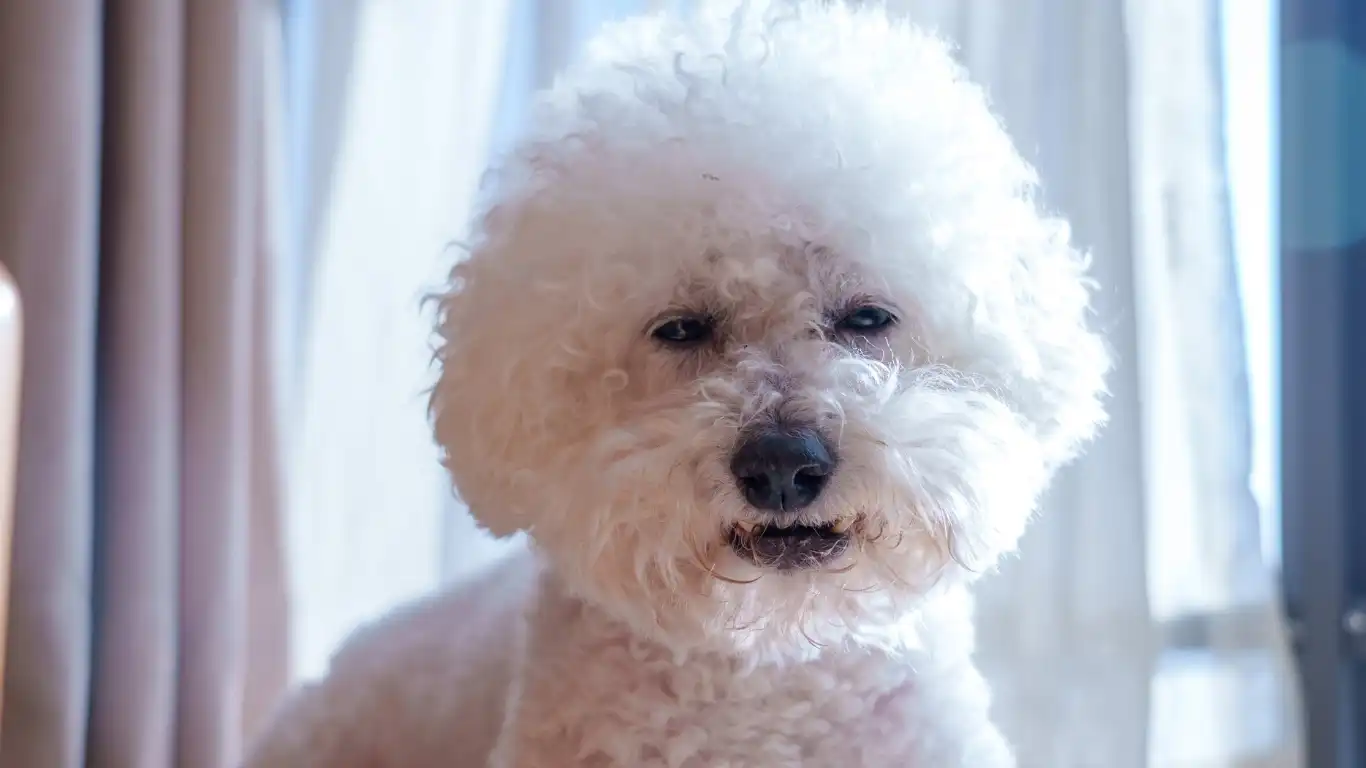
Even though positive reinforcement is wonderfully effective, it’s easy to slip into habits that can slow progress. Having seen these pitfalls many times, I want to share a few to watch out for:
Rewarding Unwanted Behavior
Sometimes, we accidentally reinforce the wrong thing. For instance, giving a treat to a dog that’s whining or jumping up might encourage those behaviors instead of discouraging them. Always make sure you’re rewarding the exact action you want to see more of.
Inconsistent Timing
One of the golden rules of positive reinforcement is timing. The reward needs to come immediately after the behavior, or your dog won’t connect the dots. If you’re slow to reward, the learning won’t stick as well.
Overusing Treats
While treats are great motivators, relying solely on them can make your dog expect food all the time, which isn’t realistic long-term. Pair treats with praise and affection, and gradually phase out the treats as behaviors become second nature.
Wrapping Up Your Positive Reinforcement Journey
Training your dog with positive reinforcement isn’t just about teaching commands; it’s about building trust, communication, and a joyful partnership. My experience as a Veterinary Technician has shown me time and again how much happier dogs are when training is a positive experience rather than a stressful chore. Whether you’re just starting or looking to refine your skills, keep patience, kindness, and consistency at the forefront. Your dog will thank you with a wagging tail and a heart full of love.
References
Disclaimer
The information provided in this article is based on professional experience and current best practices in dog training and veterinary care. It is intended for educational purposes only and should not replace advice from a qualified veterinarian or certified dog trainer. Always consult professionals for specific concerns about your pet’s health or behavior.
